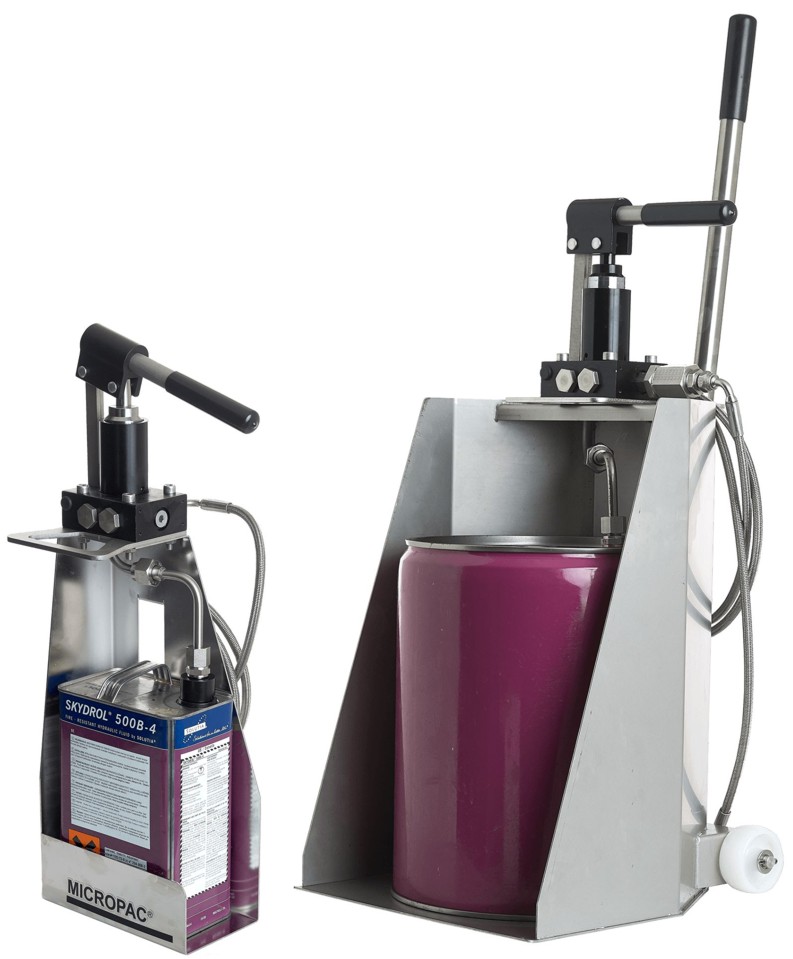Here at Sarum Hydraulics we manufacture our Micropac range of hydraulic equipment. We sell to original equipment manufacturers, distributors, and end users. Recently I wrote a business continuity plan. ISO 9001:2015, the quality management system standard for organisations, is a risk-based standard; we are ISO 9001:2015 certified, and since business continuity is associated with risk, the expectation is for organisations to have a plan to deal with events that may lead to discontinuity. Having pulled together what I thought was a comprehensive list of possible disaster scenarios for the plan, I realise now in hindsight that it failed to include ‘disease or epidemic’ (as insurance companies term it). Who could have foreseen the coronavirus pandemic? There have been similar recent pandemics such as SARS in 2003, and it had been predicted that at some point another coronavirus would jump species to humans, if indeed that is how it came about. But nobody was ready for the speed, contagion rate and deadliness of COVID-19; we largely remained disbelieving that it could happen here as the Wuhan disaster was unfolding, or even as the chaos ensued in northern Italy.
I’m happy to say that the business continuity plan does now address disease and epidemic. For many of the other disaster scenarios I’d written in, for example loss of site, there were proposed mitigating but as yet untested actions, such as working from home. Untested, until now that is.
The pandemic has enabled many of us to enact mitigating actions in order for our businesses to continue operating in the face of a real disaster. Thankfully, the technology was there already to enable home working, which has become a feature of this pandemic, and may in many cases endure as a permanent change. Home working doesn’t help with the operations bit in the middle of course, be that warehousing or production, but it can take care of the front and back ends. Factors such as social distancing would not have figured in many existing business continuity plans; these have proved much more difficult for businesses to work with where home working is not an option.
When COVID-19 lockdown restrictions came into force in the UK, businesses were faced with deciding whether to continue operating, legislation allowing, and if so, how to do so safely. For those businesses where the decision had not already been made for them by government restrictions, there were many factors to consider- first and foremost employee safety, but also how to ensure ongoing continuity of supply and how markets for product would be affected. Given the simultaneous and worldwide nature of the pandemic, those lucky enough to be given this choice were faced with an almighty conundrum- a quagmire of unknowns. Those businesses with a public interface also had a whole additional raft of issues associated with how to operate safely.
At Sarum Hydraulics, part of our business is associated with supply of hydraulic equipment for hospital beds. At the time of lockdown restrictions being introduced, the need looked desperate, including requirements for the Nightingale hospitals. Initially we had taken advantage of the furlough scheme for some of our staff, but we realised that we needed to get back working. We recognised the negative impact that any incidence of COVID-19 in the workplace might have on employees. We therefore risk assessed our work areas to establish actions needed in respect of cleaning procedures, personal hygiene and social distancing. Based on this risk assessment, we then introduced a protocol for safe working during the pandemic and were able to get our staff back to work in order to help with the national emergency. Thankfully, this requirement receded as lockdown took care of reducing infection rates and thus the need for hospital beds. We have continued to work throughout the lockdown and with hard work we have been lucky in being able to continue sourcing material and components for all of our products.
None of these actions can affect the level of business in the current climate of course; for most businesses this has been adverse, dire even, and the future remains uncertain.
What have we learnt from this pandemic? Firstly, the ability to carry on in the face of a disaster does mean that damage to the business is mitigated so far as is practicable. So if you don’t have a business continuity plan, now is the time to be thinking about one. And be warned- if you are ISO 9001:2015 registered, your next audit visit is likely to include a check of your register of risks and opportunities to see that epidemic is covered. Secondly, faced with a contagious disease such as COVID-19, it is important not only for employees to feel safe at work, but also for employers to feel safe in the knowledge that they have done all within their power to keep the disease out of the workplace. So do a proper risk assessment, establish a protocol for safe working, and then enforce it.
Looking back, we have been fortunate to continue working through lockdown, but that is more by luck than judgement. We could just have easily have been a hospitality business and stopped dead. Risk mitigation has its limitations, particularly when you are dealing with an ‘unknown unknown’.






Leave A Comment